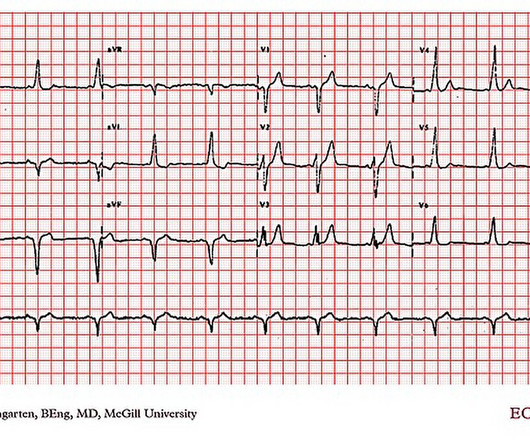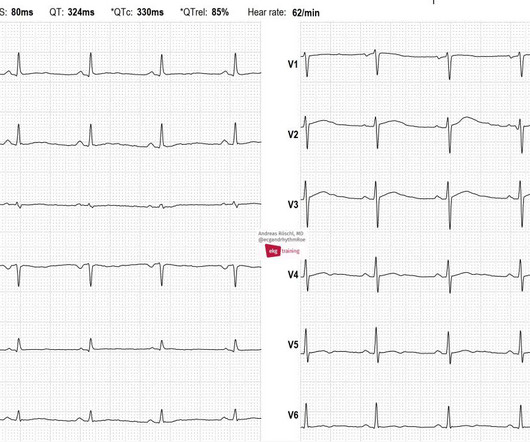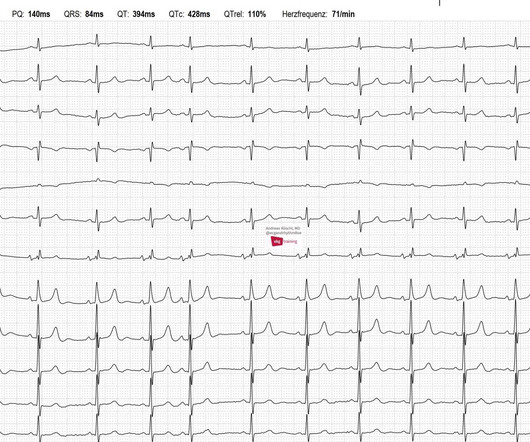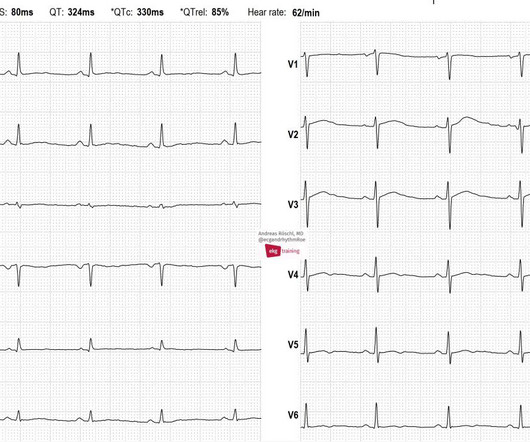Innovative AI tool detects hidden heart disorders from ECG photos
Medical Xpress - ECG
JULY 26, 2023
A new deep learning application provides an automated screening method for left ventricular (LV) systolic dysfunction. The condition substantially reduces the pumping capacity of the heart and is associated with frequent hospitalizations and a twofold risk of premature death. LV dysfunction is preventable with timely detection and initiation of medications.















Let's personalize your content